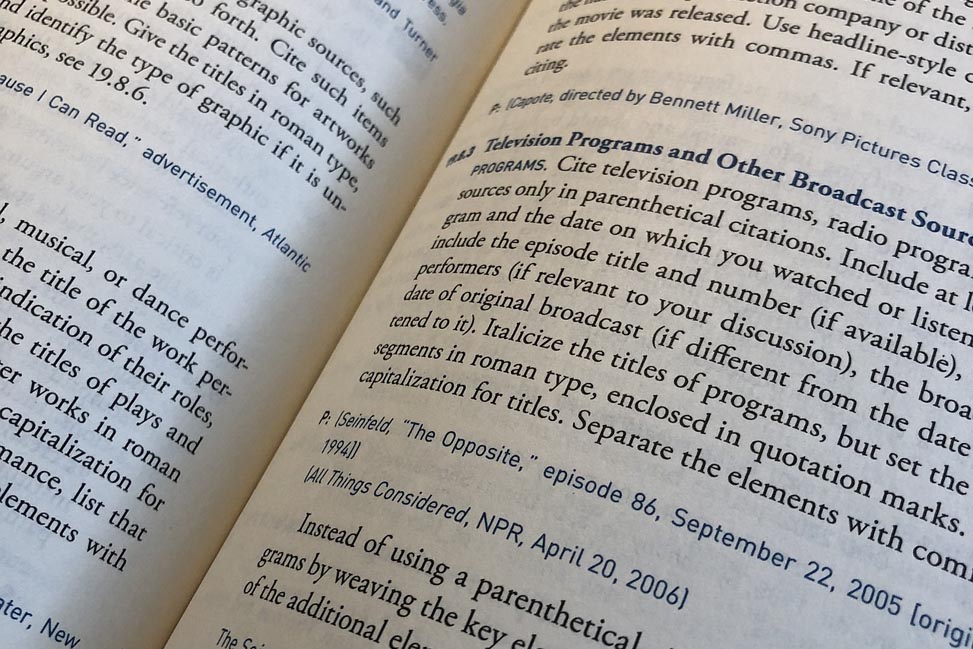Scientific and academic translation plays a crucial role in the global exchange of knowledge. As research continues to advance across various disciplines, accurate and effective translation ensures that scholars, researchers, and professionals from different linguistic backgrounds can access, understand, and contribute to scientific progress. This article explores the significance of academic translation, its challenges, and best practices for ensuring high-quality translations.
The Role of Academic Translation in Research
In today’s interconnected world, scientific discoveries and academic findings must be shared across borders. English is widely recognized as the dominant language of science, but many researchers publish their work in other languages. High-quality translation helps bridge this gap, allowing for the dissemination of knowledge in multiple languages and increasing the impact of research.
Moreover, academic translation enables collaboration between international research teams. Universities, research institutions, and publishing houses rely on accurate translations to facilitate partnerships and ensure that groundbreaking studies reach a wider audience. In fields such as medicine, engineering, and environmental science, precise translations can directly impact public health, technological advancements, and policy-making.
Challenges in Scientific and Academic Translation
Despite its importance, academic translation comes with several challenges. One of the main difficulties is the complexity of scientific terminology. Many disciplines have highly specialized vocabulary that requires deep subject matter expertise. A translator without adequate knowledge of a particular field may misinterpret terms, leading to inaccurate translations that could mislead readers.
Another challenge is maintaining the original meaning and intent of the author while adapting the text for a different linguistic and cultural audience. Scientific writing follows strict conventions, and translators must ensure clarity, coherence, and adherence to formatting standards. Additionally, some languages have concepts that may not have direct equivalents in another language, requiring careful paraphrasing or explanatory footnotes.
Best Practices for High-Quality Academic Translation
To ensure accuracy and clarity in scientific and academic translation, several best practices should be followed:
- Domain Expertise – Translators should have a strong background in the subject area they are working on. A translator specializing in biomedical research, for example, must be familiar with medical terminology and research methodologies.
- Consistency in Terminology – Using consistent terminology is critical, especially in scientific and technical documents. Translation tools, glossaries, and terminology databases can help maintain accuracy and uniformity.
- Collaboration with Experts – Working with subject matter experts (SMEs) or the original authors can enhance translation accuracy. Researchers can provide clarifications on complex concepts, ensuring that the intended meaning is preserved.
- Peer Review and Proofreading – Just as scientific papers undergo peer review, academic translations should be reviewed by other professionals. Proofreading by native speakers of the target language ensures fluency and readability.
- Use of Technology – Translation software and artificial intelligence (AI) tools can assist in the translation process. While AI can help with initial drafts, human expertise is still necessary for refining translations and ensuring contextual accuracy.
Conclusion
Scientific and academic translation is an essential part of global knowledge exchange. It enables researchers from diverse linguistic backgrounds to share their discoveries, collaborate effectively, and contribute to scientific advancements. However, the complexity of scientific language and cultural nuances presents challenges that require skilled translators with domain expertise. By following best practices, academic translators can ensure that knowledge is accurately and effectively communicated across borders, ultimately driving progress in research and innovation.

